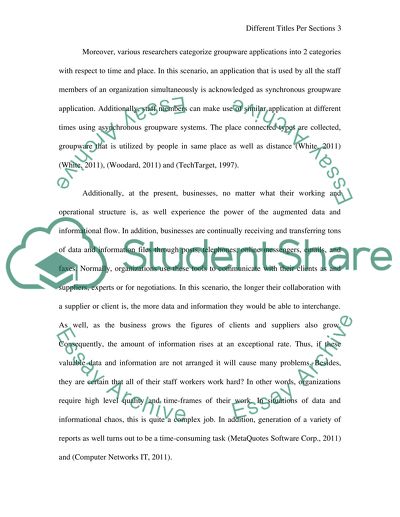Cite this document
(“Differences and connections between groupware and ordinary databases, Essay”, n.d.)
Retrieved de https://studentshare.org/information-technology/1391187-differences-and-connections-between-groupware-and-ordinary-databases-and-why-they-matter
Retrieved de https://studentshare.org/information-technology/1391187-differences-and-connections-between-groupware-and-ordinary-databases-and-why-they-matter
(Differences and Connections Between Groupware and Ordinary Databases, Essay)
https://studentshare.org/information-technology/1391187-differences-and-connections-between-groupware-and-ordinary-databases-and-why-they-matter.
https://studentshare.org/information-technology/1391187-differences-and-connections-between-groupware-and-ordinary-databases-and-why-they-matter.
“Differences and Connections Between Groupware and Ordinary Databases, Essay”, n.d. https://studentshare.org/information-technology/1391187-differences-and-connections-between-groupware-and-ordinary-databases-and-why-they-matter.


